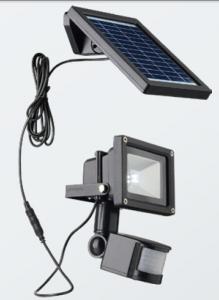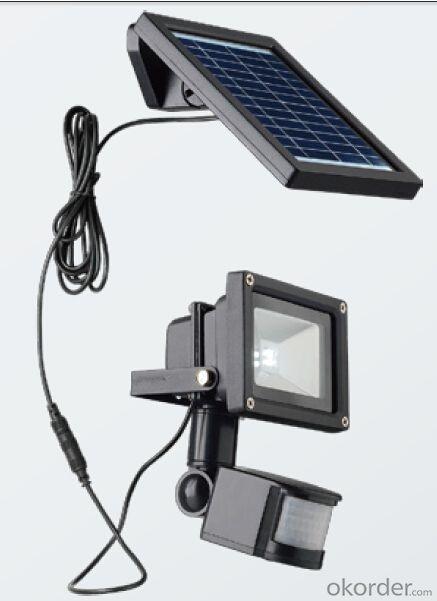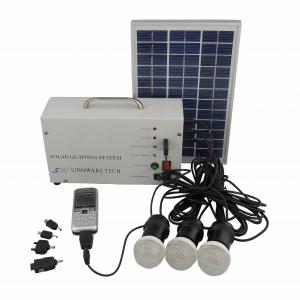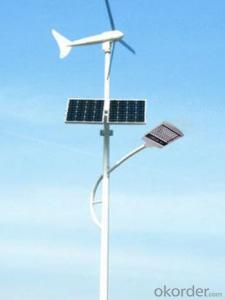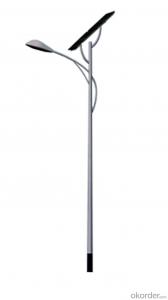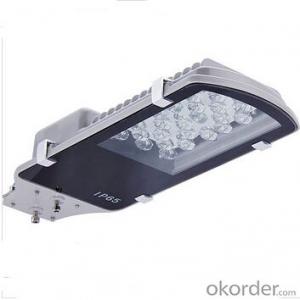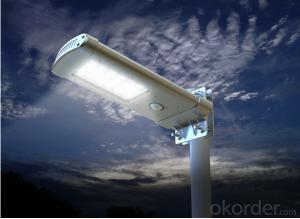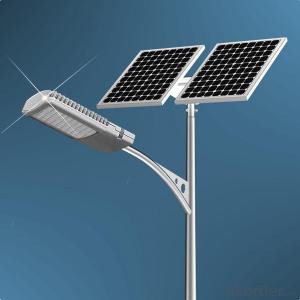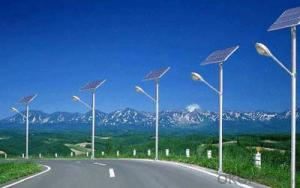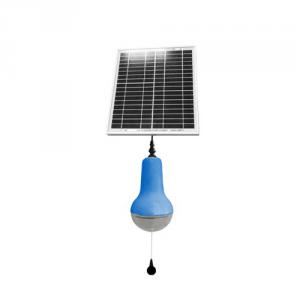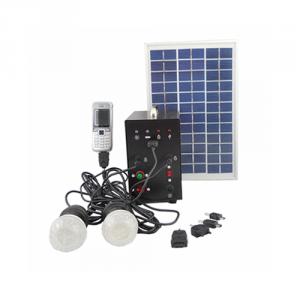Patio Solar Light - F0085A PIR Solar
- Loading Port:
- Ningbo
- Payment Terms:
- L/C,T/T
- Min Order Qty:
- 5000 Pieces pc
- Supply Capability:
- 5000 Pieces per Month pc/month
OKorder Service Pledge
Quality Product, Order Online Tracking, Timely Delivery
OKorder Financial Service
Credit Rating, Credit Services, Credit Purchasing
You Might Also Like
Light body materials: housing: PP, lamp:
Aluminium die-casting, Included mounting
accessories, Cable length: 2.5m
Modes: ON / OFF / PIR, rang: Approx.5-10m
Detection angle: Approx 90 degrees
Extra long buring time: Approx.8 hours when
fully charged and with ECO mode
Extra brightly if fully charged in PIR mode
Protection class: IP44
9LED,1BATTERY with solar panel 500LM
Suitable places: Lawn, Garden, Park, Path, etc
Aluminium die-casting, Included mounting
accessories, Cable length: 2.5m
Modes: ON / OFF / PIR, rang: Approx.5-10m
Detection angle: Approx 90 degrees
Extra long buring time: Approx.8 hours when
fully charged and with ECO mode
Extra brightly if fully charged in PIR mode
Protection class: IP44
9LED,1BATTERY with solar panel 500LM
Suitable places: Lawn, Garden, Park, Path, etc
- Q: How does a solar light work?
- A solar light works by harnessing the energy from the sun through its solar panel. The panel converts sunlight into electricity, which is then stored in a rechargeable battery. When the sun sets, the light's sensor activates the battery, and the stored energy powers the LED lights, providing illumination during the night.
- Q: How do solar lights charge during winter months?
- Solar lights can still charge during winter months, although the charging time and efficiency may be affected. Even in reduced sunlight conditions, solar panels can convert some amount of daylight into energy, which is stored in the light's battery for later use. However, due to shorter days and lower sun intensity, the charging process may be slower and the lights might not stay illuminated for as long as they would in summer months.
- Q: Do solar lights have a built-in power backup system?
- No, solar lights typically do not have a built-in power backup system. They rely solely on the energy collected from the sun during the day to power the lights at night.
- Q: What is the meaning of the solar controller battery indicator light
- Solar controller battery indicator green slow flashing means that the battery charge is full.A device for converting chemical energy into electrical energy is called a chemical cell.?
- Q: Are solar lights resistant to lightning strikes or power surges?
- Solar lights, although built to withstand different weather conditions like rain and snow, lack resistance against lightning strikes or power surges. These natural occurrences can harm the electrical parts of solar lights, such as the battery or controller, rendering them useless. To avoid any potential damage, it is always advised to disconnect or unplug solar lights during thunderstorms or when there is a possibility of power surges. In case a lightning strike or power surge does happen, it is recommended to have a professional inspect the solar lights to determine if any repairs or replacements are needed.
- Q: Can solar lights be used for agricultural or farming purposes?
- Yes, solar lights can be used for agricultural or farming purposes. They are commonly used to provide lighting for farm buildings, barns, or greenhouses, allowing farmers to work or tend to their crops during nighttime hours. Solar lights are also used to illuminate pathways or fences around agricultural fields, enhancing safety and security. Additionally, solar-powered water pumps, which rely on solar lights to charge their batteries, are used in irrigation systems to provide water for crops. Overall, solar lights offer a cost-effective and sustainable solution for various agricultural and farming applications.
- Q: Are solar lights suitable for use in high-temperature environments?
- Yes, solar lights are suitable for use in high-temperature environments. Solar lights are designed to withstand a variety of weather conditions, including high temperatures. The solar panels used in these lights are made from durable materials that can withstand heat and direct sunlight. Additionally, the batteries used in solar lights are designed to handle high temperatures and have a long lifespan. However, it is important to note that extreme heat can affect the overall performance and lifespan of solar lights. It is recommended to place them in shaded areas or use heat-resistant materials to protect them from excessive heat.
- Q: Can solar lights be used for bus stop or transit lighting?
- Yes, solar lights can be used for bus stop or transit lighting. Solar lights are a sustainable and cost-effective solution for illuminating bus stops and transit areas where traditional electrical connections may not be readily available. Solar lights harness energy from sunlight and convert it into electricity, which is stored in batteries for use during the night or when there is insufficient sunlight. They can provide a reliable source of illumination, enhancing safety and visibility for commuters waiting at bus stops or using transit stations. Solar lights also eliminate the need for trenching or wiring, making them easier to install and maintain. Additionally, solar lights are eco-friendly as they do not contribute to greenhouse gas emissions and reduce reliance on non-renewable energy sources. Overall, solar lights are a practical and sustainable choice for bus stop or transit lighting.
- Q: Can solar lights be used for public restrooms or facilities?
- Yes, solar lights can definitely be used for public restrooms or facilities. Solar lights are a great option for illuminating outdoor spaces, including public restrooms, as they are cost-effective and energy-efficient. They rely on solar panels to convert sunlight into electricity, which is then stored in batteries for use during the night or when there is low sunlight. This eliminates the need for any wiring or connection to the electrical grid, making installation much easier and less expensive. Additionally, solar lights are environmentally friendly as they do not produce any greenhouse gas emissions or contribute to light pollution. With advancements in solar technology, these lights can provide sufficient illumination to ensure the safety and convenience of users in public restrooms or facilities, even in areas with limited access to electricity.
- Q: Are solar lights resistant to damage from wildlife?
- Solar lights are known for their general resistance to damage caused by wildlife. The majority of solar lights are built with weatherproof and durable materials, enabling them to withstand diverse environmental conditions, including encounters with wildlife. Nevertheless, it is crucial to acknowledge that although solar lights are generally resilient, certain animals may still be able to inflict damage if they excessively chew or scratch the lights. In such instances, it is advisable to implement proactive measures like installing deterrents or protective barriers around the lights to discourage wildlife from approaching or harming them.
Send your message to us
Patio Solar Light - F0085A PIR Solar
- Loading Port:
- Ningbo
- Payment Terms:
- L/C,T/T
- Min Order Qty:
- 5000 Pieces pc
- Supply Capability:
- 5000 Pieces per Month pc/month
OKorder Service Pledge
Quality Product, Order Online Tracking, Timely Delivery
OKorder Financial Service
Credit Rating, Credit Services, Credit Purchasing
Similar products
Hot products
Hot Searches
Related keywords
